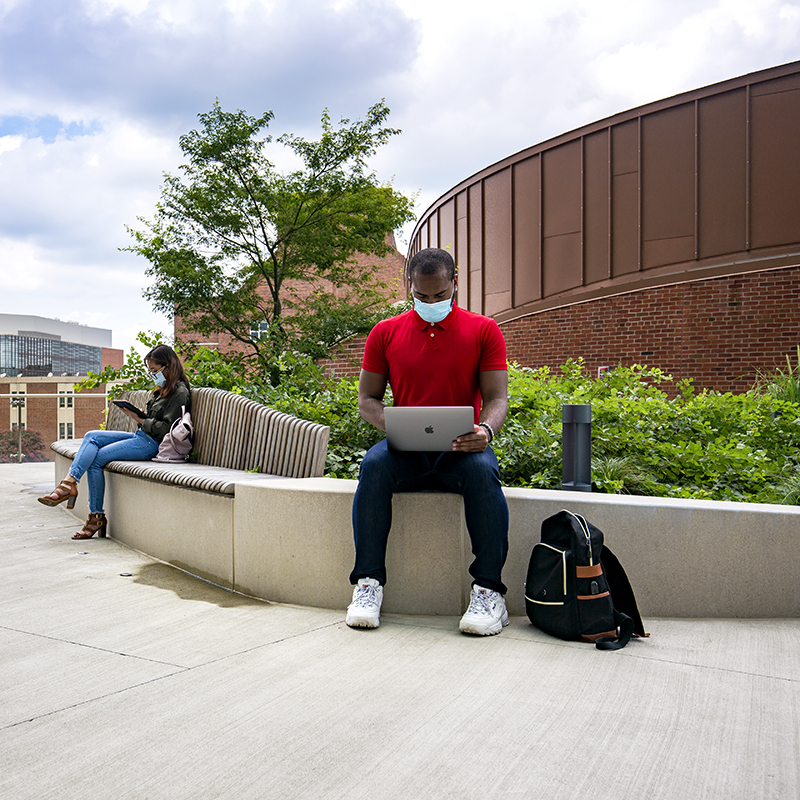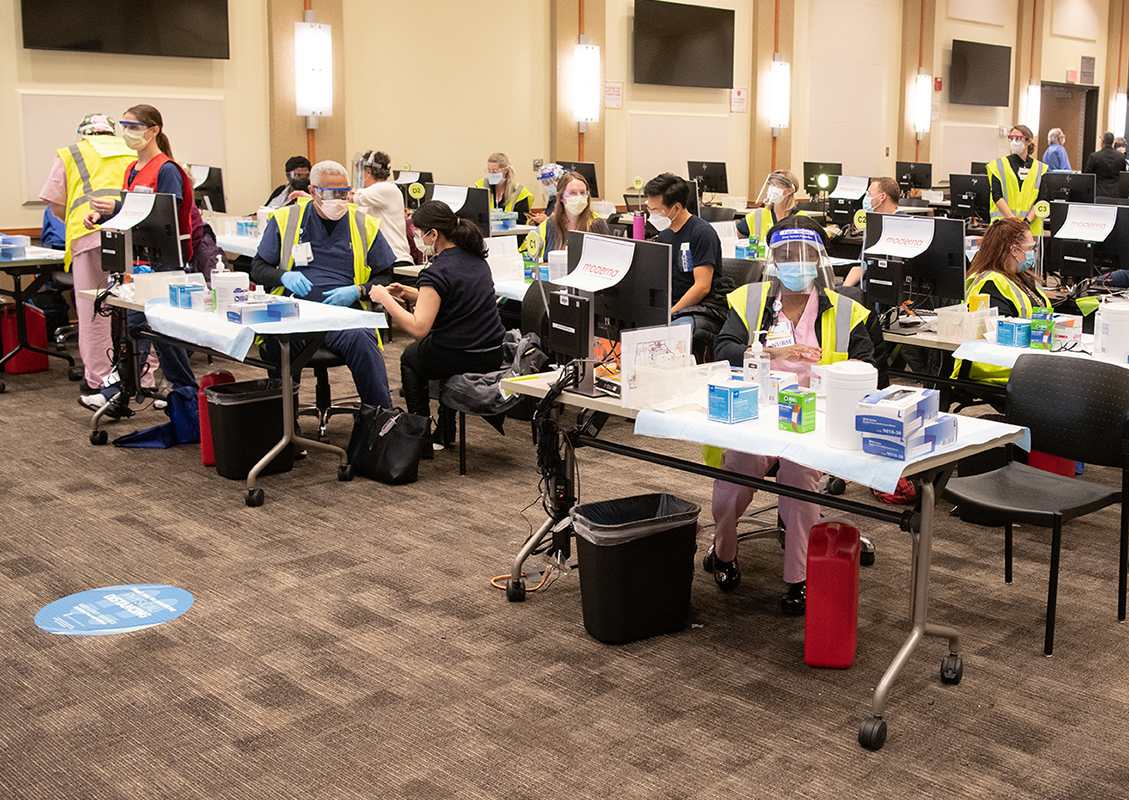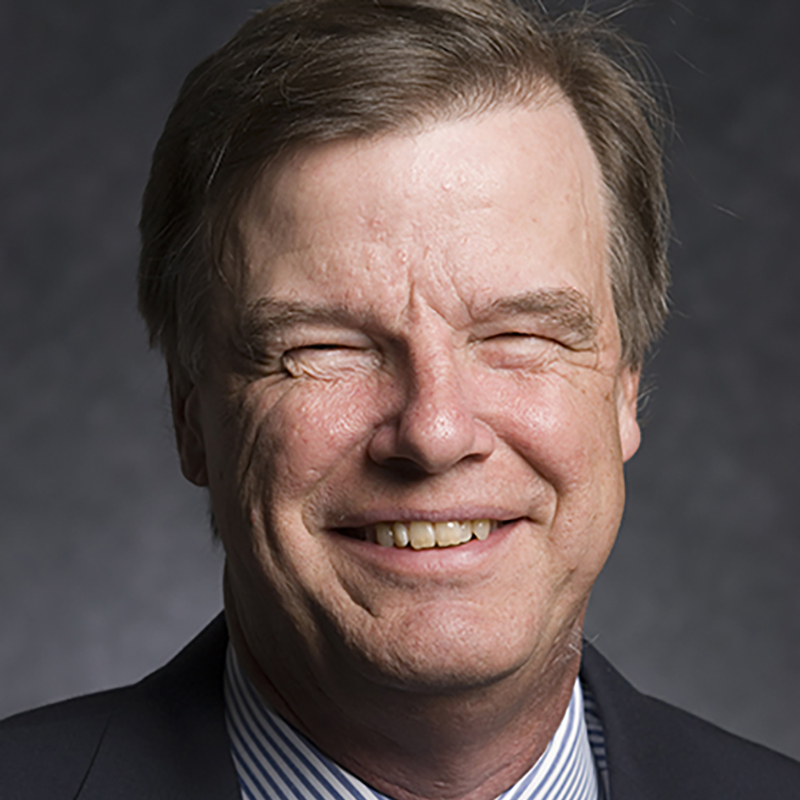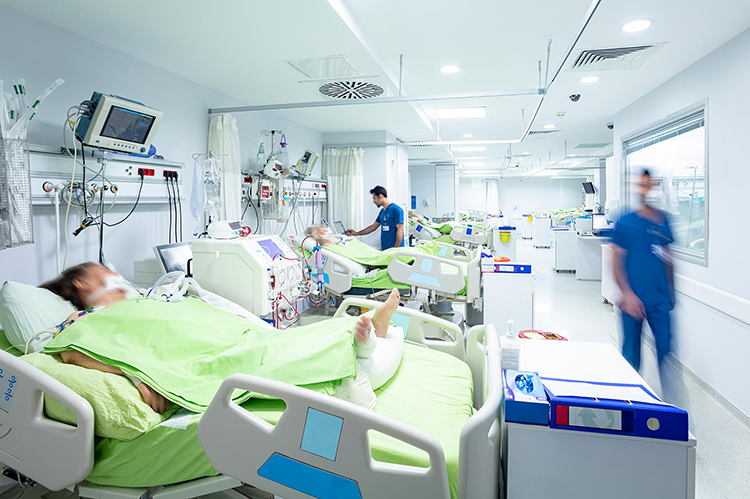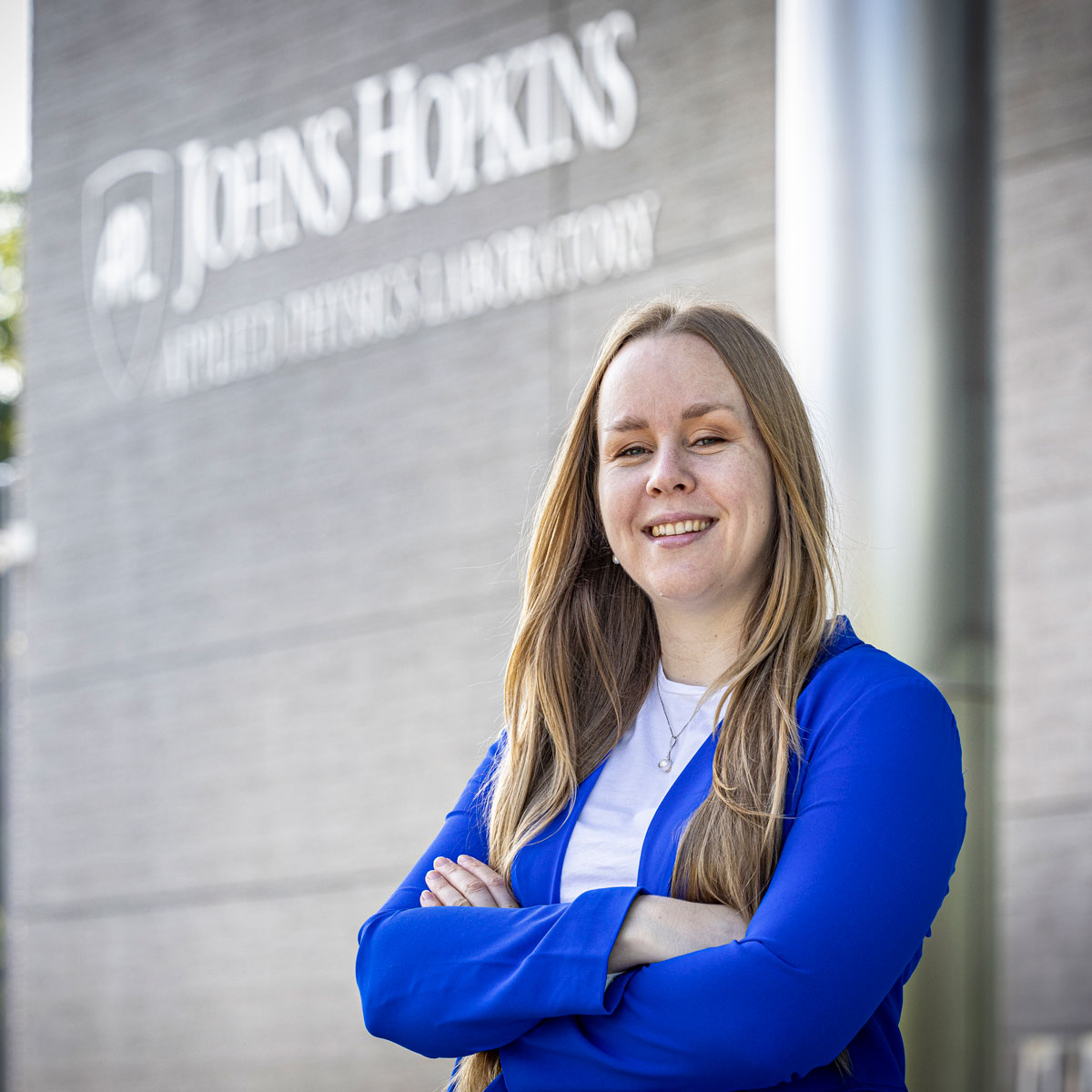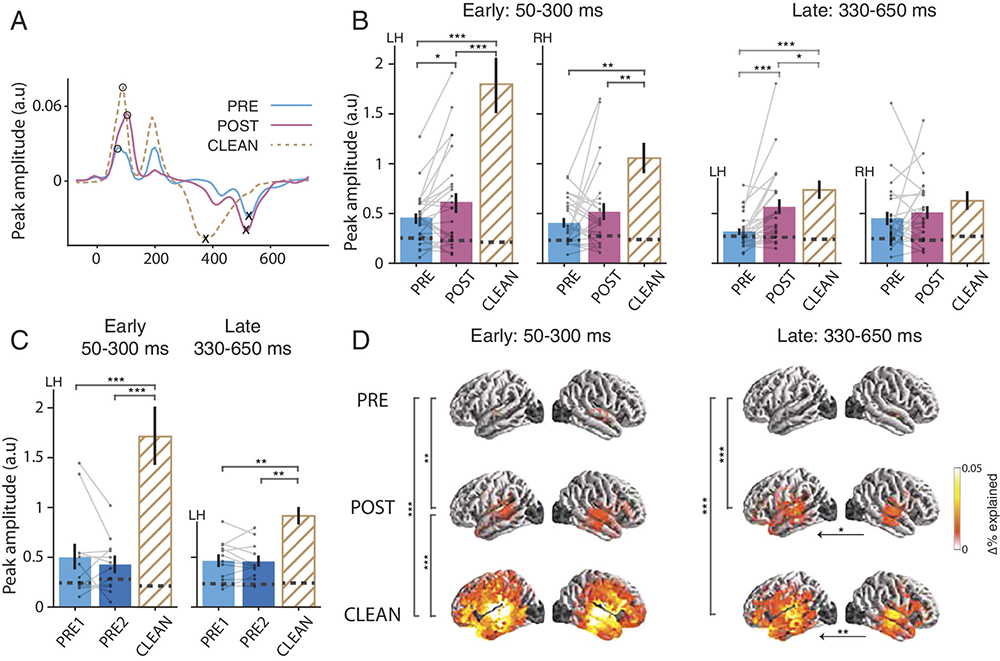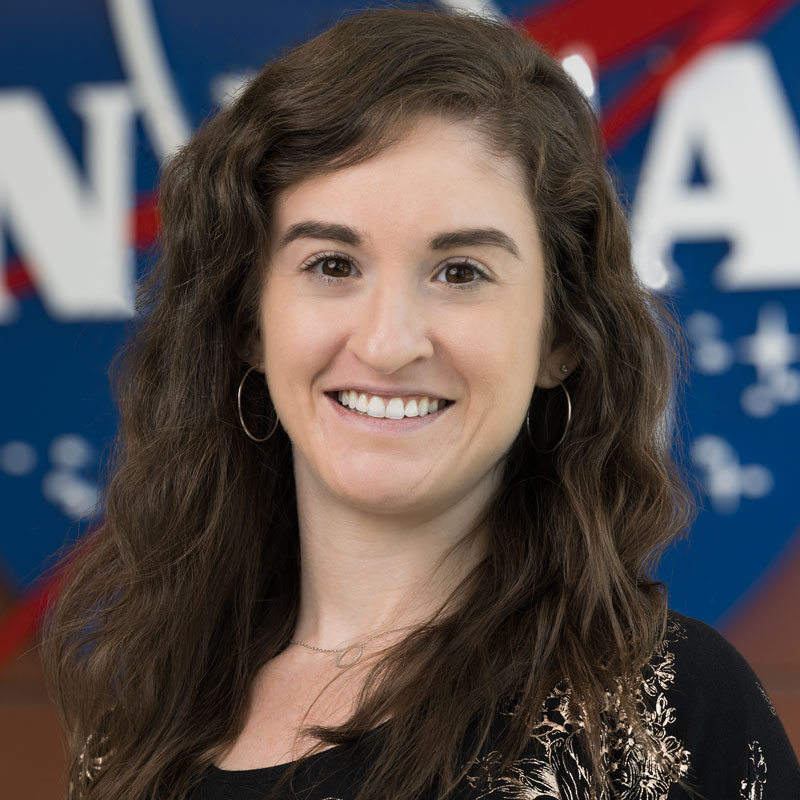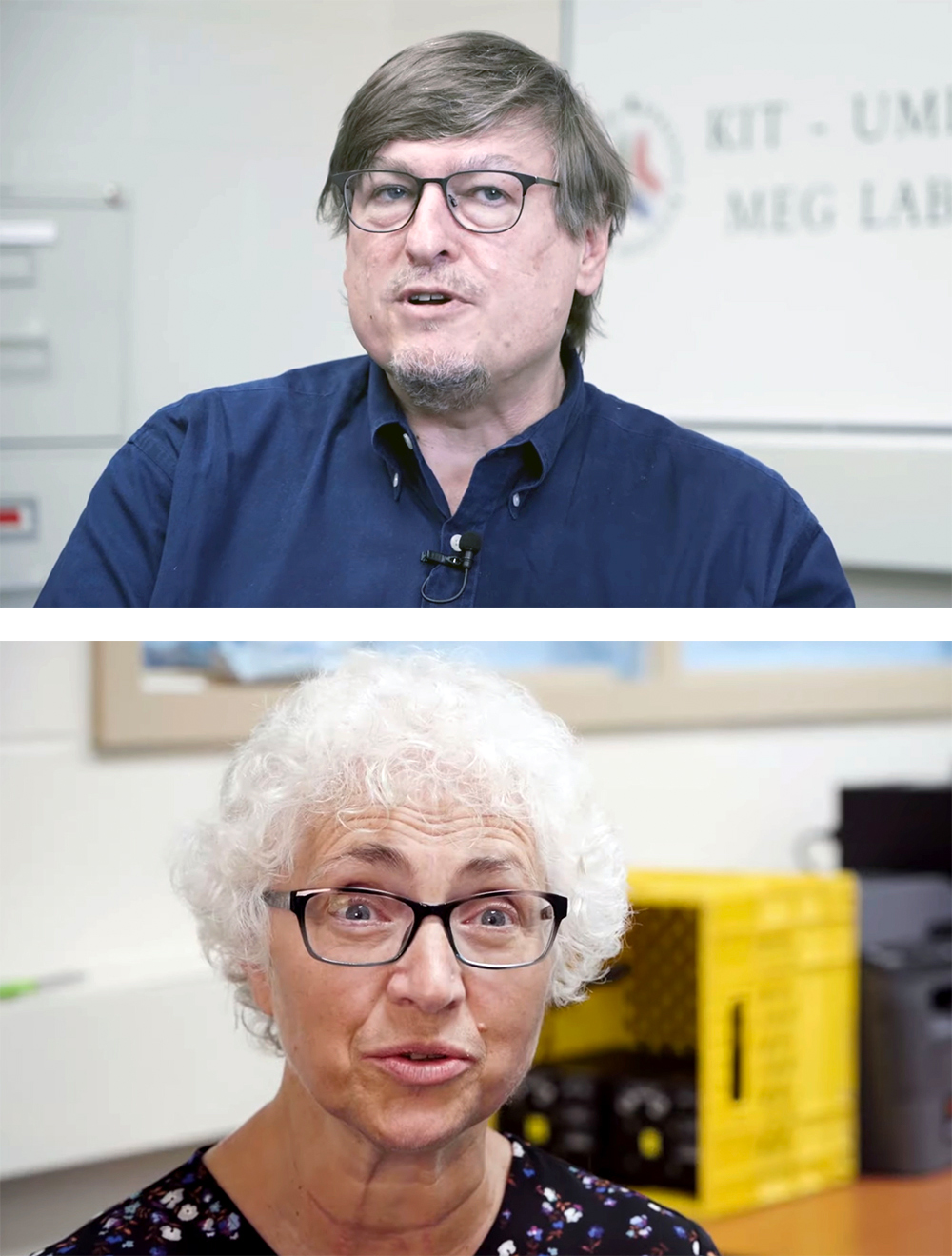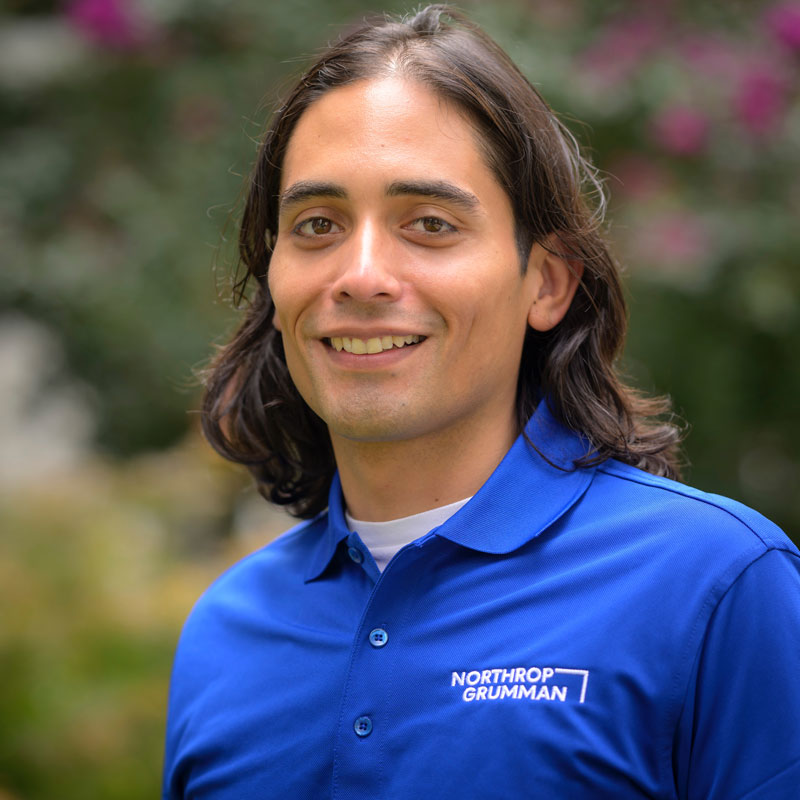News Story
Wu, Milton receive NSF funding to improve telemedicine
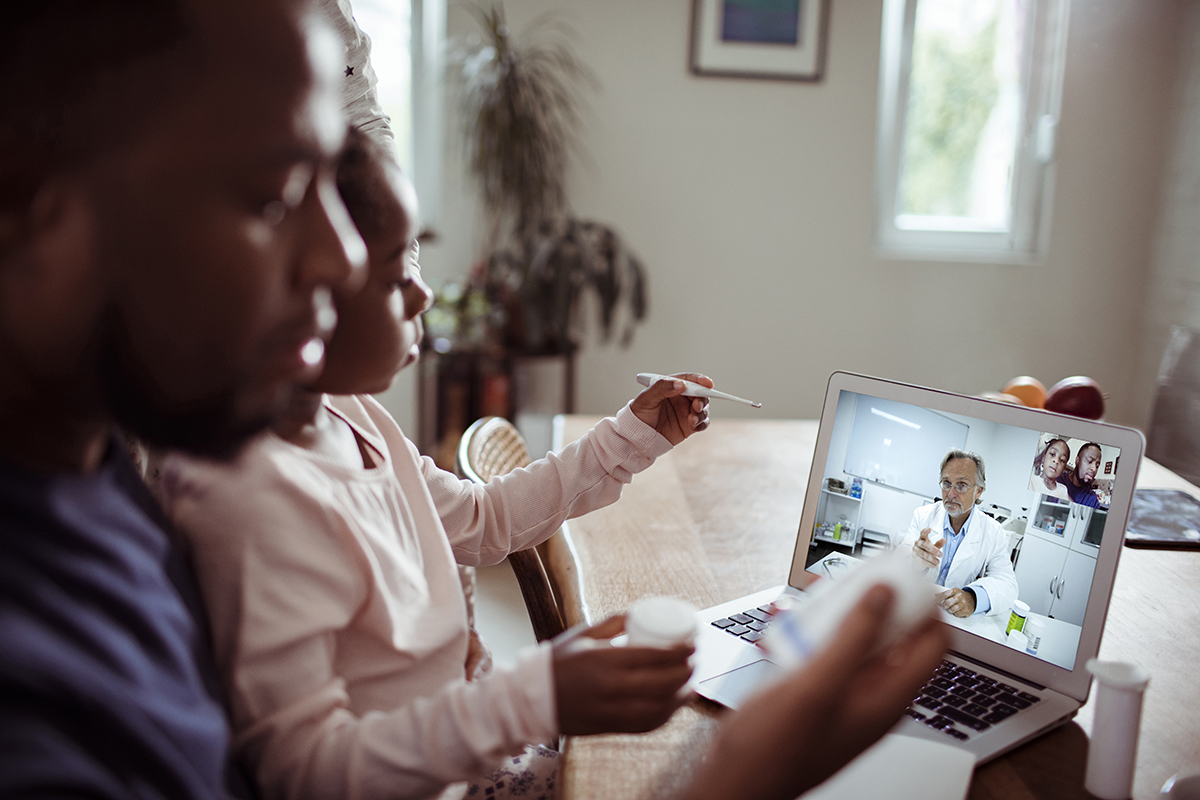
Driven by the challenges of the coronavirus pandemic, two University of Maryland faculty have been awarded National Science Foundation (NSF) research funding to improve the capabilities of telemedicine for health professionals and their patients.
Clark School Associate Dean for Graduate Programs and ISR-affiliated Professor Min Wu (ECE/UMIACS) is the principal investigator for the NSF Rapid Response Research (RAPID) grant, Understanding and Facilitating Remote Triage and Rehabilitation During Pandemics via Visual Based Patient Physiologic Sensing.
Professor Donald Milton (Applied Environmental Health, School of Public Health) is the co-PI on the $154,550, one-year effort, which includes funding from the Coronavirus Aid, Relief, and Economic Security (CARES) Act. Milton’s research on airborne transmission of influenza, and now COVID-19, has received widespread attention.
The University of Maryland School of Medicine/University of Maryland Baltimore (UMB) and North Carolina State University (NCSU) also are participating in the research. The principal investigator at UMB is Simon Ho, a medical school faculty member specializing in cardio-pulmonary rehabilitation. At NCSU, the PI is UMD alumnus Chau-Wai Wong (EE Ph.D. 2017). At Maryland, Dr. Wong was jointly advised by Min Wu and Gang Qu (ECE/ISR).
Wu is an international expert on multimedia signal processing, media forensics and information security. In June she gave a keynote speech related to this research topic at the online ACM Workshop on Information Hiding and Multimedia Security. In “Exploiting Micro-Signals for Physiological Forensics,” Wu discussed how noise-like micro-signals on videos can be harnessed to infer a person's physiological conditions—for example, subtle changes in facial skin color that are related to the heartbeat.
In this research, Wu and Milton will consider how video-based physiological sensing technologies could be used to facilitate contactless remote triage and rehabilitation during pandemics. Using videos taken by low-cost, consumer-grade cameras, they will devise methods to track, visualize and archive health indicators such as respiration rate, heart rate, and blood oxygen saturation levels.
The researchers will incorporate these methods into a new contact-free video sensing system, which will be used in a biomedical cohort study being rolled out by a public-health collaboration team. This multimodal data collection will offer insights on the relationship of multiple biosensing modalities, and the data collected will facilitate research on early detection of COVID-19 and related diseases.
The team also recently won related UM Ventures COVID Challenge funding that will help them address breathing and understanding the regulatory landscape.
During the pandemic, many medical practitioners and their patients have become accustomed to remote telemedicine check-ins, rather than in-person visits. Wu and Milton’s video data collection techniques could become part of improved telemedicine systems of the future that would offer enhanced tools for health care professionals to perform remote triage and rehabilitation. Such tools would be valuable not only in future pandemics, but also in routine telemedicine care in rural communities around the world.
Published August 24, 2020
